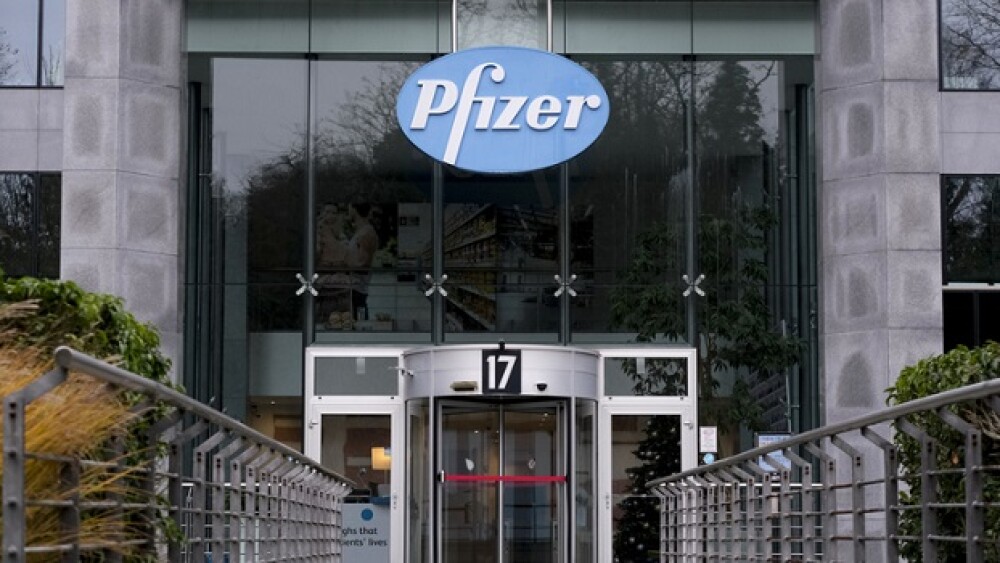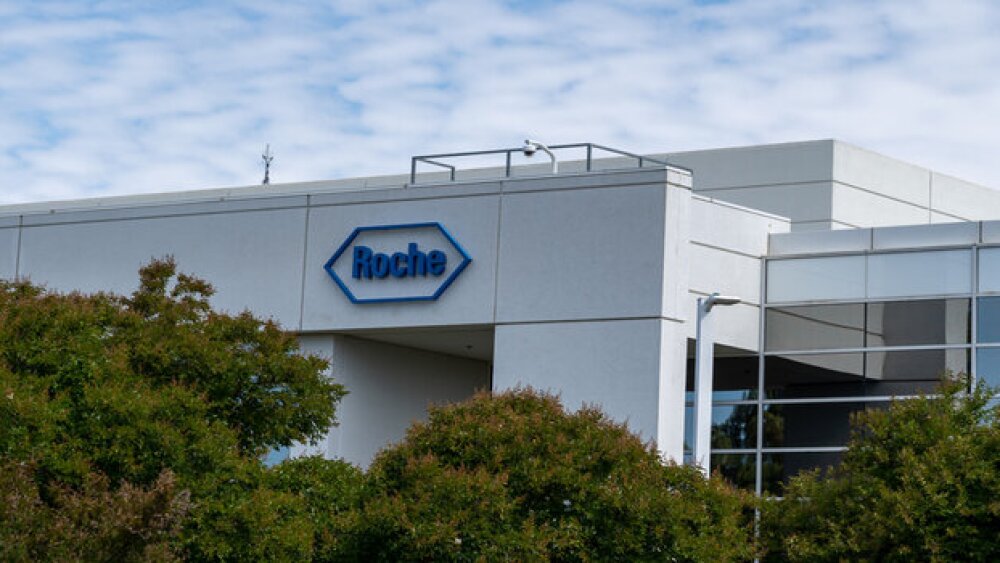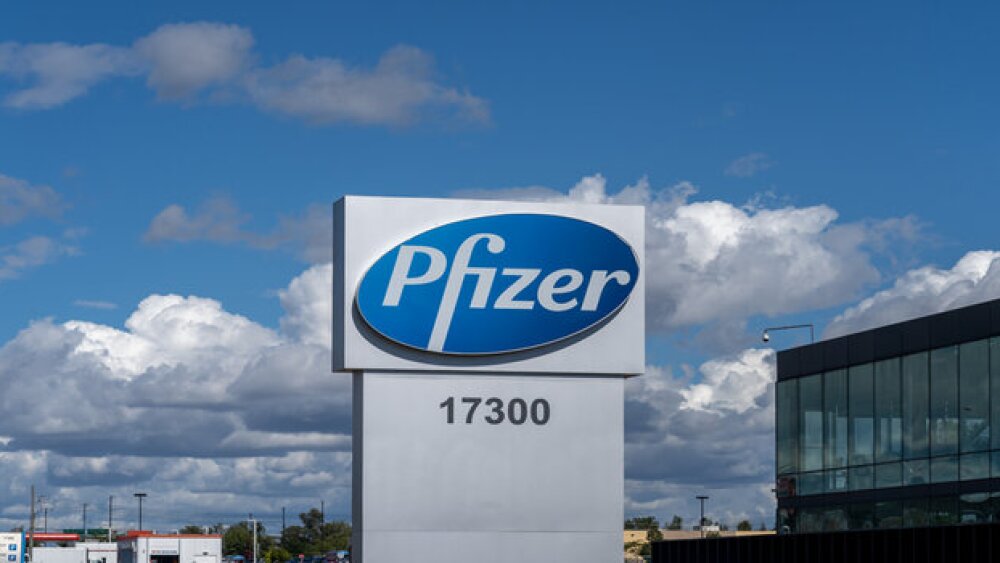New interim data from a Phase III trial puts the company on track to file for FDA approval next year in an indication that not only lacks a disease-modifying treatment but suffered significant setbacks after a patient died in a clinical trial for Sarepta’s investigational gene therapy.
BridgeBio Pharma’s investigational oral small molecule BBP-418, under development to treat a specific form of limb-girdle muscular dystrophy, aced a late-stage trial and a new drug application is expected in the first half of 2026, the company announced Monday.
The trial results pave the way to the FDA, according to analysts at Mizuho Securities. “Engagement with the FDA is expected in late-2025/early-2026,” the analysts wrote in a note to investors Monday morning. “We’d argue that given the strength of the interim data there is some room for discussing a potential full approval path vs. accelerated approval.”
The data represent a “best-case” scenario, Jefferies analysts wrote in their own note, adding that BBP-418 compares favorably with SRP-9003, Sarepta Therapeutics’ investigational gene therapy for limb-girdle muscular dystrophy (LGMD). “We feel confident in an AA [accelerated approval],” they added.
Shares of BridgeBio are up $8, or about 15%, to $63 per share, in Monday morning trading.
The positive results are welcome news for a space that took a hit after news broke this summer of a patient death in a clinical trial for another Sarepta LGMD candidate, SRP-9004. The FDA placed a clinical hold on all of Sarepta’s LGMD clinical trials. Though Sarepta is pivoting away from gene therapy, it is still pursuing SRP-9003’s development. The program remains paused at this time.
BridgeBio’s Phase III FORTIFY study hit its interim primary endpoint at three months—nearly doubling a biomarker called αDG that indicates muscle stabilization in patients with LGMD type 2I/R9. The trial also hit its secondary endpoints, including an 82% reduction in serum creatine kinase, a marker of muscle damage.
Zooming out to 12 months, patients saw increases in ambulatory and pulmonary function as well. Patients walked 100 meters at a speed 0.14 meters/second faster than they did prior to therapy and 0.27 meters/second faster than those in the placebo arm. Trial participants also showed a 5% increase in predicted pulmonary volume versus placebo.
Benefits as far out as 12 months are a “rare feat for muscle disorders,” the Jefferies analysts noted.
BridgeBio did not note any safety concerns, stating that the trial went off “with no new or unexpected safety findings observed.”
LGMD2I/R9 arises when mutations in the protein FKRP diminish but do not totally abolish its function, resulting in muscle damage. BBP-418 acts as a substrate that can be used by still-functioning FKRP to slow or halt muscle damage in patients with the condition.
BBP-418 has been feted previously by the FDA, with the agency bestowing upon it Orphan Drug, Fast Track and Rare Pediatric Disease designations, according to BridgeBio.






